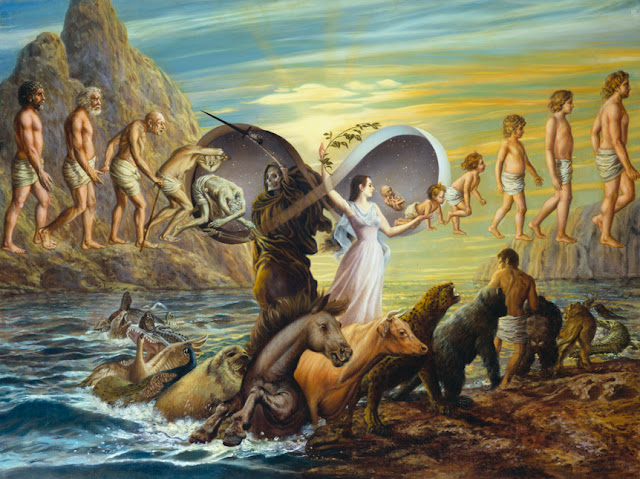Antigone: The Feminist Heroine

Antigone, a heroine, icon, and role model has survived the test of time for over two thousand years, and with valid reason. Her actions depicted in the play Antigone by Sophocles are those of courage and fearlessness. She also conveys a sense of deep conviction in the pursuit of truth as she stared deep into the eyes of injustice by her oppressor. Valiance is a quality that Antigone has in abundance; she exhibits this with virtually every word she speaks as if she is possessed by the Gods on a righteous journey to lay her brother’s body to rest in an act of defiance against the newly appointed king of Thebes, Creon. It is no surprise that today Antigone is regarded as a role model for women and more specifically feminists. To truly appreciate the character, we must take a closer look into the context of her environment. Patriarchy was alive and strong in ancient Greece and men dominated the political and social spectrum. Their methods of justification stemmed from classical m...





